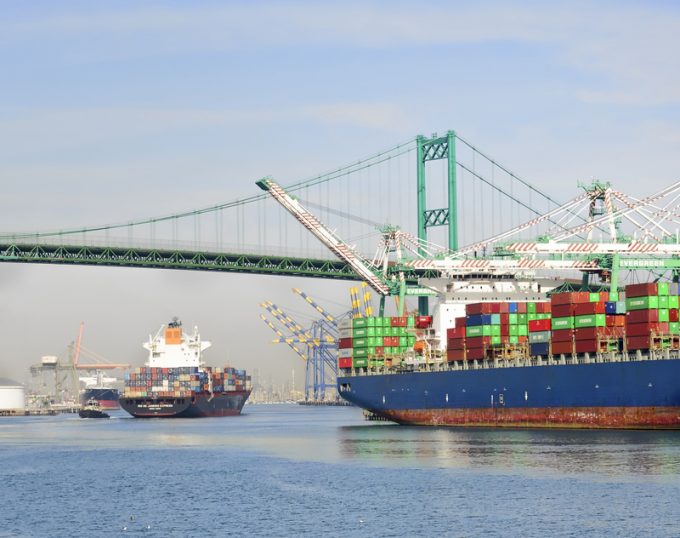
The response by shipping lines to booming demand and the congestion
crisis has triggered a “vicious cycle” of yard logjams at ports around
the world.
According to Drewry, while agile shipping lines have been able to
swiftly add capacity on the fastest-growing tradelanes, the container
terminals and landside operators have struggled to keep up.
Eleanor Hadland, senior analyst for ports and terminals, explained:
“The assets of the landside elements of the supply chain are
geographically fixed, and it takes a long time to procure equipment or
to recruit and train additional labour.
“Landside operators were also seeing above-average levels of
absenteeism, due to Covid-19 and safe work practices, which has also
impacted productivity because it reduced the capacity of warehouses and
ports.”
As container terminals struggled with surging volumes, carriers
reverted to standard operational responses, such as “cut-and-runs” to
maintain schedule integrity, she added.
“But this strategy to keep the ships running on time has actually
resulted in a build-up of empty containers in the main yards, which have
quickly become over-full. As a result, berth productivity has fallen
yet further,” Ms Hadland said.
While the worst of the congestion was limited to major import
gateways in the west, such as LA-Long Beach and Felixstowe, Ms Hadland
said Asian transhipment hubs were now having increasing issues.
“And I think this will get worse before it gets better,” she said.
“But it’s unlikely to result in the same degree of vessel queuing as
we’ve seen in the US,” she added.
In Singapore, for example, which has experienced major delays
in recent weeks, Ms Hadland said there had been reduced schedule
reliability, resulting in missed connections and a high percentage of
cargo rollovers.
Alvin Ea, co-founder and CEO of Singapore-based digital trucking
platform Haulio, described the city’s port congestion as a “black swan
event”. He told The Loadstar: “The longer port stays, due to
congestion, will lead to major issues downstream for the truckers in
terms of having to plan for the irregularities of the berthing
schedules.
“Trailers are being held captive, as containers cannot be offloaded
at the port, and that can lead to a capacity crunch for truckers. In
fact, we have witnessed a surge in more collaborative sharing through
our platform.”
Ms Hadland suggested the solution to the industry’s port congestion
crisis would be to increase port performance visibility, allowing
earlier cargo rerouting and schedule adjustments.
“There needs to be far greater transparency regarding the current
capacity and performance of all of the components of the supply chain –
at a regional as opposed to single port level – to facilitate better
decision making,” she said.